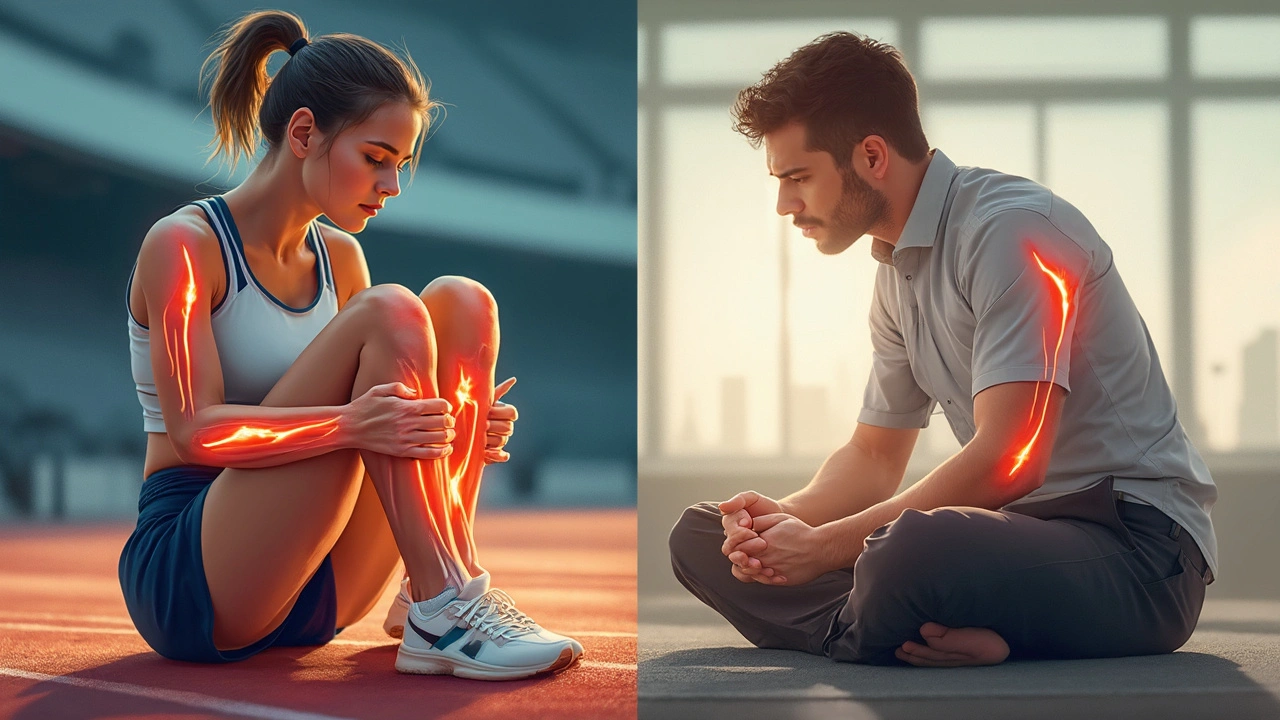Mobility for Dogs: Simple, Practical Ways to Keep Your Dog Moving
Have you noticed your dog hesitating on the stairs or taking longer to stand up? Mobility drops gradually, but small habits make a big difference. This guide gives clear, useful actions you can start today to keep your dog limber, reduce pain, and stay active longer.
Everyday moves that help
Short, frequent walks beat one long sprint. Aim for gentle walks twice a day rather than a single long run. Controlled pace builds endurance without stressing joints. When at home, add short play sessions and low-impact activities—slow fetch on soft grass or gentle underwater treadmill sessions if available.
Try basic strength moves: ask your dog to sit-to-stand a few times, step over a low object, or place a front paw on a step to shift weight. Do three sets of five reps a day for older dogs. These tiny drills strengthen hips and shoulders without tiring them out.
Range-of-motion work keeps joints flexible. Gently flex and extend each limb for 5–10 slow repeats once daily. Keep the motion smooth and stop if your dog shows discomfort. Make it a calm moment—soft praise and a treat help your dog relax and accept the exercise.
Massage helps more than you think. Short, daily sessions focusing on warm, gentle strokes loosen tight muscles. Try light circular pressure over the shoulders and hindquarters, then deeper, steady pressure on any tight spots. Techniques drawn from sports and neuromuscular massage work well when done by someone trained in canine massage—ask a certified therapist to teach you the basics.
Nutrition, weight, and professional care
Weight matters. Every extra pound adds strain to joints. Adjust calories and choose whole-food meals rich in omega-3 fats—those reduce inflammation and support joint health. Consider supplements like glucosamine or chondroitin after talking with your vet; they can help some dogs regain comfort and mobility.
Heat and cold are simple helpers. Warm packs before activity loosen muscles; cool packs after heavy exercise reduce swelling. For chronic stiffness, short sessions with a soft heating pad can improve comfort before gentle movement.
Know the red flags: limping that doesn't improve in 48 hours, swelling, sudden reluctance to jump or climb, or pain when touched. Those signs need a vet. A physical therapist or certified canine massage therapist can offer targeted rehab plans, use techniques like targeted trigger-point work, and teach you safe at-home routines.
Start small and be consistent. A five-minute daily routine—light massage, a few sit-to-stands, and a short walk—can change how your dog moves in weeks. If you want guidance, look for a vet-recommended therapist who specializes in canine mobility. Your dog's body will thank you with better walks, easier play, and fewer stiff mornings.

Myofascial Release Therapy: Real Relief for Stubborn Pain
This article explores myofascial release therapy and why it’s getting a lot of buzz in the pain relief world. Discover what this hands-on therapy really is, who can benefit, and how it works. Learn tips for getting started and what to expect in a typical session. Get real facts about safety, effectiveness, and how it compares to other treatments. Perfect for anyone who's tired of living with muscle tightness and wants to understand if myofascial release is worth a try.

Cross Fibre Release: Incredible Benefits You Never Knew About
Cross fibre release is a hands-on technique aimed at breaking up scar tissue and easing stubborn knots in muscles. This article unpacks how it works and why so many athletes and desk workers swear by it. You’ll discover surprising health benefits, practical tips for trying it yourself, and mistakes to avoid. Whether you struggle with chronic pain or just want to move better, these insights will change how you approach muscle care.

Fascia Stretching: Unlock Your Body's Full Potential
Fascia stretching is about more than just touching your toes—it targets the connective tissue that holds everything in your body together. This article explains how fascia stretching can boost mobility, cut down on pain, and even help you recover from injury faster. You’ll get facts, practical tips, and a look at why your fascia matters more than most people think. Whether you’re a seasoned athlete or stiff from sitting at a desk, these techniques can upgrade how you move and feel. Start exploring the potential hidden beneath your skin.

Gut Health and Its Impact on Your Metabolism
Nov, 20 2024



